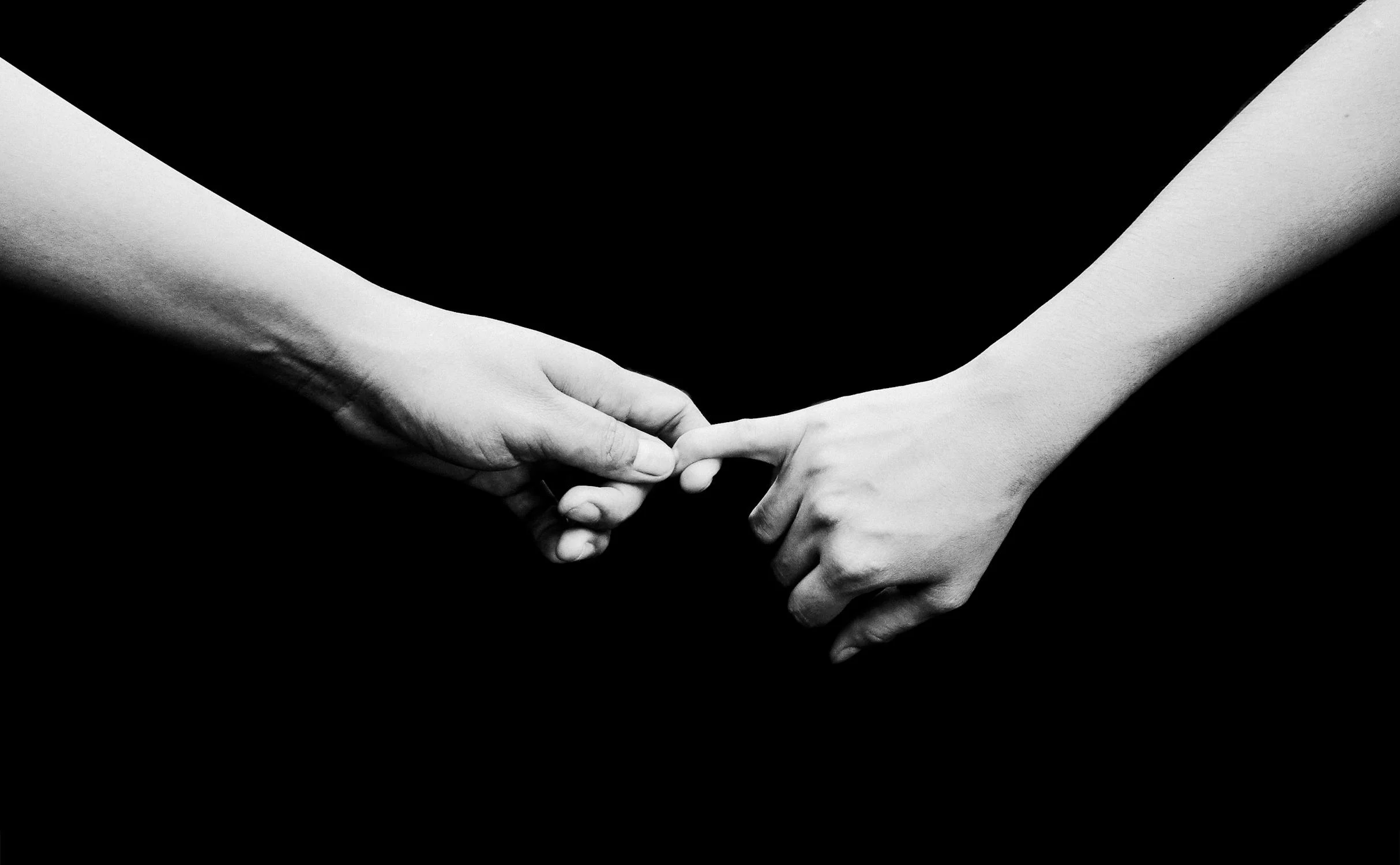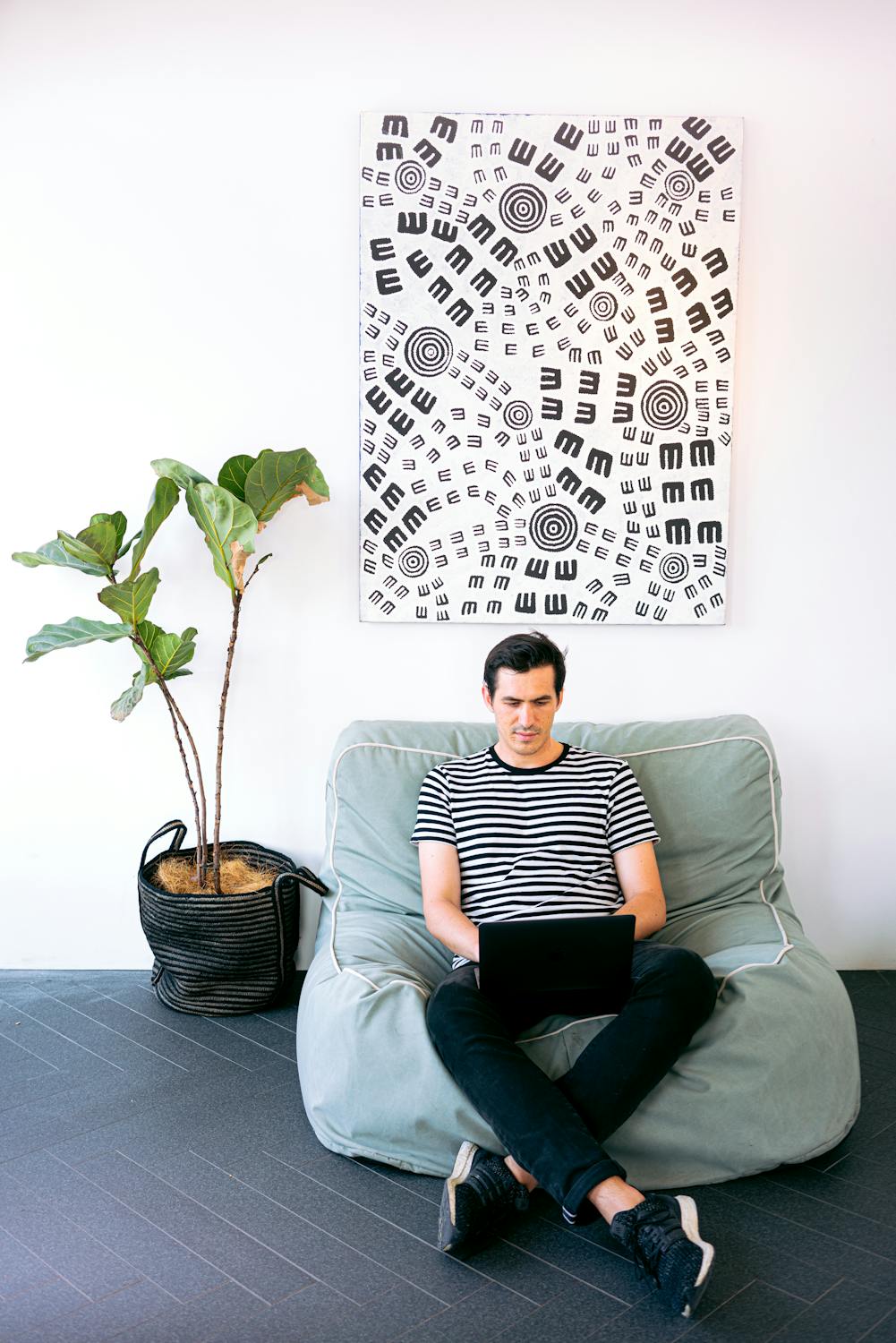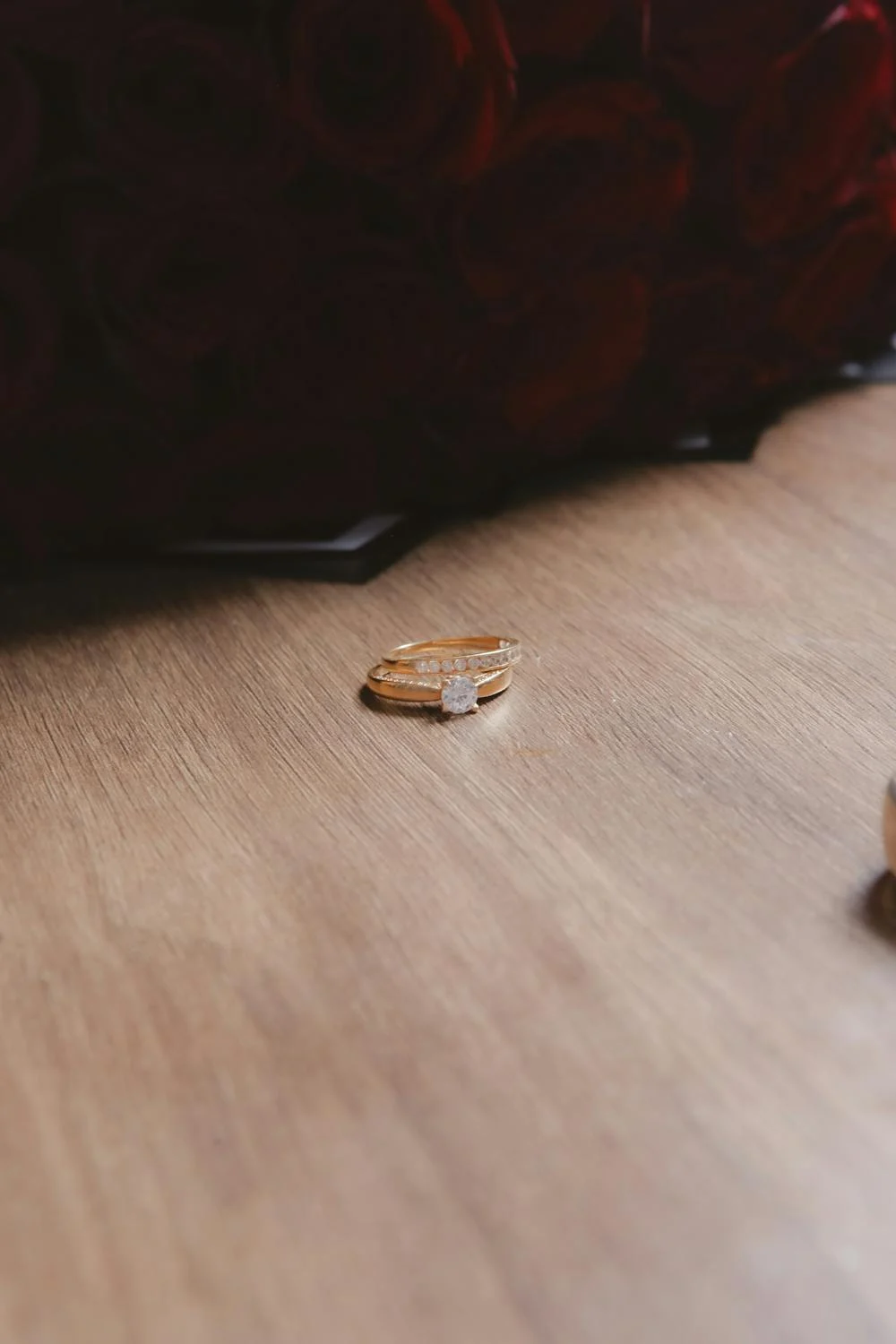
A tragedy in Ogden Canyon claimed the lives of a Utah father and his 16-year-old daughter when their pickup truck was struck by a flying bulldozer.
Reports indicate that Richard Hendrickson, the CEO of Lifetime Products, was in the car with his wife and three children when a tow truck traveling in the opposite direction lost control of the mini bulldozer it was hauling, which then collided with the family’s vehicle.
Hendrickson and his daughter Sally were killed at the spot. The rest of the passengers survived.
The tragic accident took place on Saturday, July 6 while the family were traveling up a narrow two-lane road in Ogden Canyon in eastern Weber County, Utah.
When it tried to turn, about 12:49 p.m, the tow truck hauling heavy equipment was traveling eastbound, as per the Department of Public Safety.
While “negotiating a right-hand curve,” the “bulldozer broke free” from the tow truck and was launched into Hendrickson’s westbound GMC pickup, which was towing a boat.
The surviving passenger were treated for minor injuries.
Tributes from family and friends started pouring in, referring to Hendrickson as to “trusted and cherished” man and a “visionary.”
“It is with profound sadness that we announce the tragic and sudden passing of our CEO and President, Richard David Hendrickson. This heartbreaking incident also claimed the life of one of his daughters, Sally,” Lifetime Products writes in a statement. Describing the man as “more than a company leader,” the statement continues, “He was also a visionary and a friend to many within our business and the wider community.”
Barry Mower, the organization’s founder, contributed to the statement, “He was one of my most trusted and cherished friends and will be sorely missed.”
Utah Governor Spencer Cox expressed his condolences to the family on X, writing, “Richard was a friend and incredible leader. We are heartbroken by his tragic passing with his daughter Sally. We mourn with the surviving members of his family and pray they will find comfort and healing.”
The post of Governor Cox gathered the attention of many. One person commented, “Praying for Richard’s family, this is absolutely senseless! Gov Cox you and your administration MUST do something to strictly regulate and severely penalize unsafe loads.”
Following the tragedy, a petition was initiated to prohibit larger vehicles from using the narrow “two-lane passageway” bordered by the Ogden River on one side and steep mountain cliffs on the other.
As of Tuesday, the petition, which aims to reach 5,000 signatures, had garnered around 3,300. The petition states, “We are raising this petition to enforce regulation on the types of vehicles permitted on Highway 39 that transverses the heart of Ogden Canyon. There is an urgent need to limit the particular categories of vehicles that can drive through this constricted roadway, ensuring the security of all who rely on it.”
Our thoughts and prayers go to the grieving family.
I Was About to Propose to My Girlfriend on Valentine’s Day When I Accidentally Discovered Her Shocking Secret in Her Google History

For seven years, Jill and I built a life filled with love, trust, and plans for the future. But just days before I proposed, a single glance at her Google search history revealed a secret so shocking it changed everything I thought I knew about the woman I was ready to marry.
Jill and I have been together for seven years. Seven good years. She’s my best friend, my partner, my everything.

A happy couple with their dog | Source: Pexels
She’s the kind of person who lights up a room without trying. She has this easy laugh, the kind that makes people feel at home. She remembers the little things like how I take my coffee, my favorite songs, the way I get grumpy when I’m hungry.
I love her for all of it. We fit perfectly.

A couple having fun in the snow | Source: Pexels
We love the same music. We travel together, never getting tired of each other’s company. My family loves her like their own, and her family has always welcomed me in. I’ve never doubted her. Not once. That’s why I was going to propose.
I had everything planned. Valentine’s Day. A quiet cabin getaway. Just the two of us. A warm fire, a bottle of wine, and the perfect moment.

A couple at home | Source: Pexels
The ring? A simple solitaire, classic and elegant, just like Jill.
I’d pictured it a hundred times. I’d get down on one knee, say something heartfelt, and she’d smile—maybe cry a little—before saying yes. At least, that’s how I thought it would go.
Then, suddenly, things started to change.

A concerned thoughtful man | Source: Freepik
At first, I told myself I was imagining it. Jill was still there, still saying “I love you,” still kissing me goodbye in the mornings. But something was… different.
The warmth in her voice? It wasn’t the same. The way she looked at me? It felt distant, like she was somewhere else. Little things started adding up.

A couple growing cold | Source: Pexels
She’d come home and go straight to the bedroom without our usual chat about the day. Her texts got shorter. When I tried to cuddle with her at night, she’d shift away, just slightly, but enough for me to notice.
One night, I found her sitting on the couch, staring at her phone. She didn’t even look up when I walked in.

A woman on her couch looking at her phone | Source: Pexels
“What’re you looking at?” I asked, sitting next to her.
She jumped, locking the screen. “Nothing.”
I frowned. “You okay?”
“Yeah. Just tired.”
That was her answer for everything.

A tired woman covering her mouth | Source: Pexels
A week later, I tried again. We were in bed, lights off, just the hum of the night around us.
“Jill,” I whispered.
“Hmm?”
I hesitated. “Are we okay?”
She turned her head toward me. Even in the dark, I could feel the weight of her stare. “What do you mean?”

A sleepless man in his bed | Source: Midjourney
“You’ve been… different.” I sighed. “Distant. You’d tell me if something was wrong, right?”
She was quiet for too long. Then, finally, she reached for my hand.
“I love you,” she said softly.
But it felt… empty.

A couple holding hands | Source: Pexels
Days passed, and the feeling didn’t go away. She got irritated easily. When I asked if she wanted to grab dinner, she said she wasn’t hungry. When I made a joke, she barely reacted.
One night, she came home late. She looked exhausted.
“Tough day?” I asked.
She rubbed her face. “Yeah.”

A tired woman rubbing her face | Source: Pexels
I waited for her to say more. She didn’t. Something was wrong, and I was going to find out what.
That night, I wasn’t looking for anything. I was just on my laptop, checking something quickly before heading to bed. Jill had used it earlier, but that wasn’t unusual.
I clicked on my browser history out of habit. That’s when I saw the questions, search after search.

A man working on his laptop | Source: Pexels
“How to tell someone I have a child who I hid for years?”
“How to say it without losing them?”
My stomach twisted. I read the words over and over, my mind struggling to catch up.
A child? A lie? I felt a chill crawl up my spine.
Jill didn’t have a child. We’d been together for seven years. She would have told me. Right? My pulse pounded in my ears.

A shocked man | Source: Pexels
I scrolled further. There were more searches. Some were variations of the same question. Some were even worse.
“Will he hate me if he finds out?”
“Can a relationship survive a huge lie?”
My hands started shaking. I sat back in my chair, trying to breathe. My chest felt tight, like the air had been sucked from the room.

A shocked man looking at his laptop | Source: Midjourney
I wanted to believe it was a mistake. Maybe she was looking this up for a friend. Maybe it wasn’t what it seemed. But deep down, I knew it was real, and it was about me.
I should’ve waited. I should’ve taken time to think, to process. But I couldn’t. I needed answers. Now.

A serious man looking at his laptop | Source: Midjourney
Jill was in the bedroom, sitting cross-legged on the bed, scrolling through her phone. The glow from the screen reflected in her eyes, making her look almost peaceful. She didn’t notice me at first.
When she finally looked up, she gave me a soft smile. Forced.
“You okay?” she asked.
I didn’t answer. My heart was pounding so hard it felt like my ribs would crack.

A smiling woman in her bedroom | Source: Midjourney
Jill frowned and set her phone aside. “Babe?”
I sat down on the edge of the bed, my hands clenched into fists. My stomach was in knots, my mind racing. I had thought about waiting—about giving myself time to process before confronting her—but I couldn’t. Not with something like this.
I took a deep breath, but it didn’t help. My throat still felt tight, like I was being strangled from the inside.

A couple having a serious talk in their bedroom | Source: Midjourney
“I saw your search history.”
Jill’s face went pale. She didn’t move. Didn’t blink. The silence stretched between us, thick and suffocating.
I swallowed hard. “Tell me the truth.” My voice was quieter than I expected. “What child? What lie?”
Her lips parted like she wanted to speak, but no words came out. I waited.

A shocked scared woman | Source: Pexels
The tension in the room grew heavier with every second that passed. Then, suddenly, Jill dropped her head into her hands. Her shoulders started shaking.
A choked sob escaped her.
“Jill,” I whispered. “Please.”
She wiped at her face, her breathing ragged. When she finally looked at me, her eyes were red and glassy.

A black and white photo of a crying woman | Source: Pexels
“I’ve wanted to tell you for so long,” she whispered. “But I was scared.”
My whole body felt stiff, like I was frozen in place. “Tell me now.”
Jill squeezed her hands together, her fingers trembling. Her chest rose and fell unevenly. She wasn’t just upset—she was terrified.
She took a deep, shaky breath and let the words fall from her lips.
“I have a child.” The world seemed to stop.

A man talking to his sad wife | Source: Midjourney
I stared at her, my brain refusing to process what I had just heard. “You… what?”
Her voice was barely audible. “I had her when I was fourteen.”
I couldn’t speak. Jill sniffled, rubbing her hands over her face. “My parents… they raised her as their own.” Her breath hitched. “They told everyone she was their daughter. Even she doesn’t know the truth.”

A man looking at his wife in disbelief | Source: Midjourney
The room tilted. I felt like I was sinking into the mattress, unable to move, unable to think.
I forced my mouth to work. “So… your little sister…”
Jill nodded, fresh tears spilling down her cheeks. “She’s not my sister,” she said. “She’s my daughter.”
The air left my lungs. I couldn’t breathe. Everything I knew—everything I believed about Jill, about our life together—shifted beneath me.

A shocked man talking to his wife | Source: Midjourney
Jill’s sister. The girl I had spent holidays with. The one I had joked around with. The one I had watched grow up over the years.
She wasn’t her sister. She was her child.
I felt dizzy. My hands were clammy, my chest tight.
“You’ve lied to me…” My voice cracked. “For seven years?”

A crying woman looking to her side | Source: Pexels
Jill let out a shaky breath. “I didn’t know how to tell you.” She sniffled. “At first, I thought it didn’t matter. We were young. It wasn’t something I wanted to bring up. But then… time passed. And the longer I waited, the harder it got.”
I clenched my jaw. “You should have told me.”

A serious man in his bedroom | Source: Freepik
“I know.” She looked down at her lap, ashamed. “I thought… maybe I’d never have to.”
I let out a hollow laugh. It wasn’t funny, but I didn’t know what else to do. “And what? Just keep pretending she’s your sister forever?”
She wiped at her face, her hands shaking. “I don’t know. I was scared.”

A crying woman in a hoodie | Source: Pexels
I ran a hand through my hair, my mind spinning. “Did your parents force you to lie?” My voice was rough, uneven.
Jill exhaled shakily. “Not force. But they made it clear it was the best thing for everyone. They thought it would ruin my life if people knew the truth. So they… took over. And I let them.”
I stared at her, my emotions warring inside me.

Judgemental parents in their living room | Source: Midjourney
“I wanted to tell you,” she whispered. “So many times. But every time I tried, I just—” She shook her head. “I was terrified you’d leave.”
I let out a slow breath. “You should have trusted me.”
Tears streamed down her face. “I know.”
I wanted to be angry, but mostly, I just felt… lost.

A shocked puzzled man | Source: Freepik
Jill sniffled. “Please. Say something.”
I shook my head. “I don’t know what to say.”
She reached for my hand, gripping it tightly. “I love you. That hasn’t changed.”
I looked at Jill—broken, vulnerable, terrified. But she was still my Jill. The woman I loved. The woman I still wanted forever with.

A couple hugging on a couch | Source: Pexels
So I reached into my pocket, pulled out the ring, and whispered, “Marry me.”
Through her tears, she gasped. “Yes!”

Wedding rings on a table | Source: Pexels
This work is inspired by real events and people, but it has been fictionalized for creative purposes. Names, characters, and details have been changed to protect privacy and enhance the narrative. Any resemblance to actual persons, living or dead, or actual events is purely coincidental and not intended by the author.
The author and publisher make no claims to the accuracy of events or the portrayal of characters and are not liable for any misinterpretation. This story is provided “as is,” and any opinions expressed are those of the characters and do not reflect the views of the author or publisher.



Leave a Reply